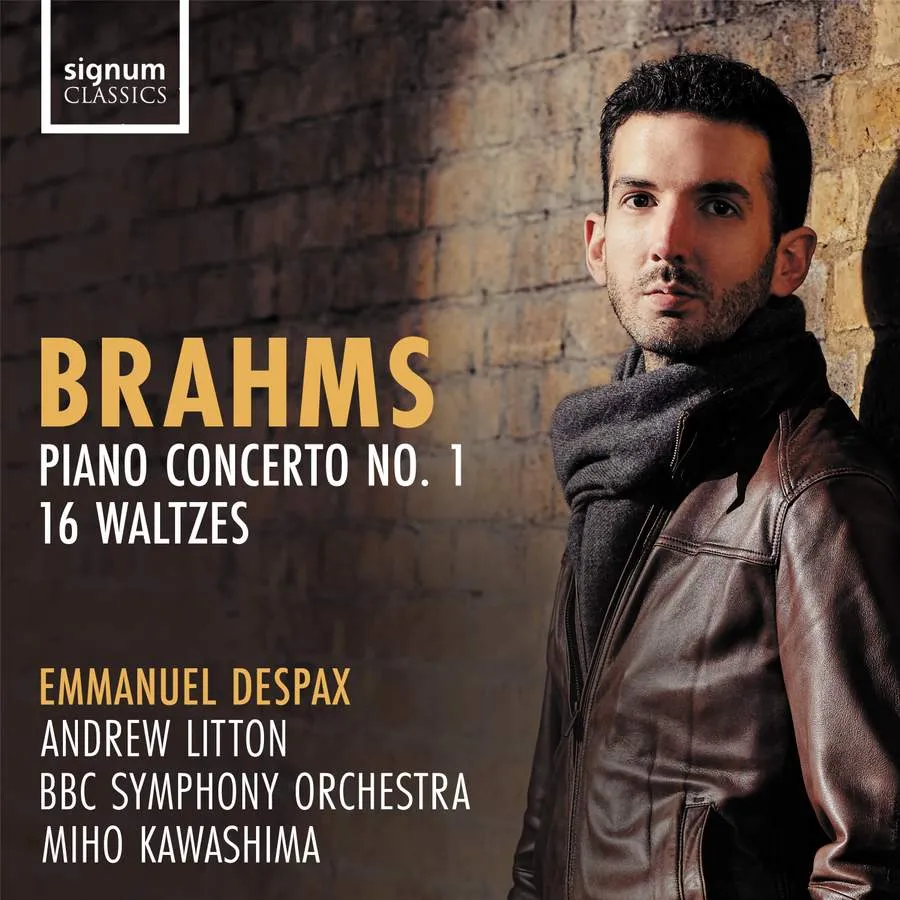
Brahms Piano Concerto No. 1; 16 Waltzes* Emmanuel Despax, *Miho Kawashima (piano); BBC Symphony Orchestra/Andrew Litton Signum Classics SIGCD 666 87:23 mins
That fortissimo drum roll, that abrasive string figure, those scarifying trills – no piano concerto by Beethoven, Mendelssohn or Chopin had ever opened with such an onslaught. We tend to forget how unsettlingly innovative the supposedly ‘conservative’ Brahms must have sounded to early audiences – the more so as the unprecedented length and breadth of the 25-year old’s D minor Piano Concerto first unfolded in 1859.
It is that length and breadth, every dramatic incursion and poetic parenthesis of it, that the immaculately dextrous young French virtuoso Emmanuel Despax and the BBC Symphony Orchestra in top form under the mature sway of Andrew Litton seem intent on revealing. Tempos are capacious, allowing for nuanced, even wayward phrasing; they take almost four minutes longer to deliver the huge opening movement than András Schiff’s recent ‘period’ recording, but the majestic underlying pendulum swing of the music is never lost.
The elegiac slow movement is equally spacious, almost trance-like in its more shadowy chromatic episodes, while the recording’s producer, Andrew Keener, works wonders in clarifying Brahms’s chunky, bass-heavy piano writing and contrapuntal orchestral textures of the hugely inventive finale in the not-very glamorous acoustic of BBC Maida Vale Studio 1.
If the fill-up of the 16 Waltzes Op. 39 – in which Despax is joined by his wife Miho Kawashima – lacks a little charm, this is partly owing to their slightly hard-toned piano – its make unspecified in the accompanying notes. But they sparkle and dance their way through the amazing variety of musical ideas with which Brahms fills these tight little structures attractively enough.
Bayan Northcott
